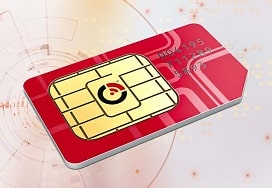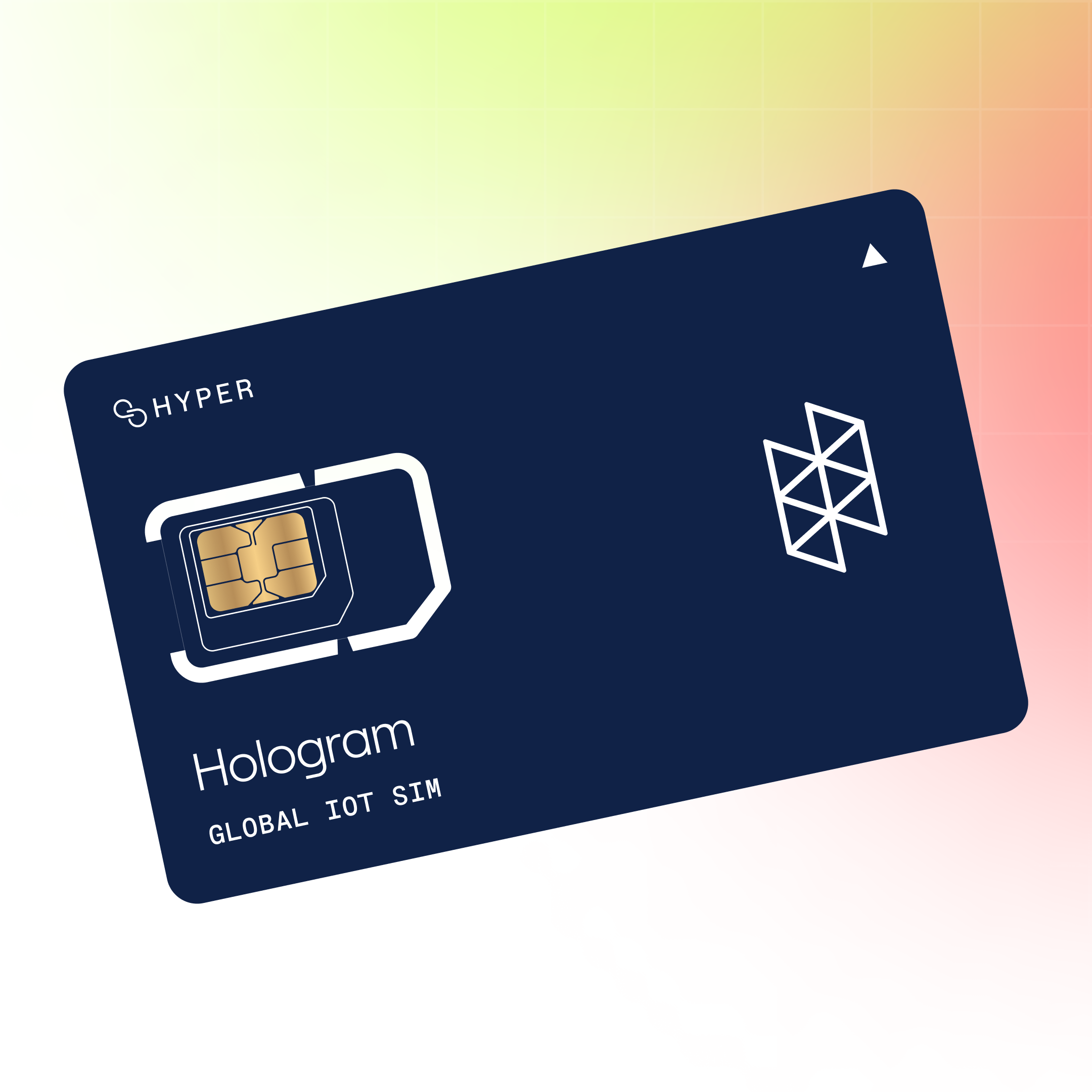Iot Sim copyright The Ultimate Guide IoT SIM Cards
Vodafone Iot Sim Card IoT SIM Cards Explained Connectivity

In the rapidly evolving panorama of the Internet of Things (IoT), the demand for efficient, resilient, and low-energy connectivity solutions is extra crucial than ever. As units proliferate and the necessity for constant information transmission grows, low-power IoT connectivity protocols have emerged as essential enablers for the ecosystem. Understanding these protocols is important for developers, engineers, and businesses aiming to leverage IoT technologies effectively.
Low-power connectivity is primarily aimed at options that require minimal energy consumption while facilitating communication throughout numerous gadgets. The hallmark of these protocols lies in their ability to maintain lengthy battery life, usually extending to several years for devices working on small batteries. The steadiness between energy effectivity and dependable connectivity is a core tenet of IoT deployments.
Best Iot Sim Card Everything To Know IoT SIMs
One of probably the most recognized low-power connectivity choices is LoRaWAN. It stands for Long Range Wide Area Network and is designed for long-range transmissions with low energy requirements. LoRa permits gadgets to speak over distances that surpass traditional wi-fi solutions, making it suitable for functions corresponding to agriculture and smart city infrastructure.
LoRaWAN operates in unlicensed frequency bands, permitting for significant value savings, though this also means elevated potential for interference. The structure employs a star community topology, connecting various sensors to gateways, which then talk with a central server. This strategy enables gadgets to stay in a low-power sleep mode until they should transmit data, conserving energy.
Another outstanding protocol is Sigfox, which also operates in a low-energy, wide-area context. It is specifically tailored for small messages, optimizing the transmission of light-weight information packets. This makes it perfect for applications like asset tracking and environmental monitoring, the place solely brief updates are essential.

Unlike LoRaWAN, Sigfox makes use of a simpler protocol designed mainly for uplink messages, transmitting data from devices to the cloud. Its unique approach to data transmission leads to a straightforward and efficient ecosystem that prioritizes battery longevity and network scalability, even as the variety of linked gadgets grows.
Vodafone Iot Sim Card IoT Data SIM Card 12 Months
Zigbee has carved its niche in low-power, short-range connectivity, particularly for home automation and industrial purposes. It employs a mesh network topology, allowing devices to relay messages to one one other, successfully extending the range of communication while not having excessive energy expenditure. Each gadget in the Zigbee community acts as a repeater, enabling more sturdy connectivity in environments affected by obstacles that might in any other case disrupt communication.
Zigbee helps a number of channels throughout the 2.4 GHz band, offering versatility and flexibility for device intercommunication. Its low power consumption mannequin makes it appropriate for battery-operated gadgets that demand lengthy operational life, although the boundaries of vary might hinder some functions.
Buy Iot Sim Card North America IoT Data Plan
Bluetooth Low Energy (BLE) serves the precise function of providing a low-power alternative to classical Bluetooth. Commonly found in wearables and health-monitoring devices, BLE enhances energy effectivity by permitting units to remain in a low-power sleep state while still maintaining the flexibility to transmit knowledge.
This protocol exemplifies the adaptability required for IoT deployments, offering a steadiness between knowledge transmission pace and energy wants. BLE has gained traction in various shopper electronics, establishing standards for fitness trackers and smart residence units where energy consumption is a critical factor.
Narrowband IoT (NB-IoT) represents another low-power alternative that integrates seamlessly into current cellular networks. Utilizing only a narrow band of frequency, NB-IoT successfully enhances connectivity for devices in hard-to-reach areas. This answer emphasizes the significance of cost-effective scalability for urban environments, the place numerous devices should reliably function without delay.
The protocol's ability to penetrate deep indoors means it's perfectly fitted to purposes that involve constructing utilities or enhanced metropolis infrastructures - Sim Card Per Iot. The evolution of NB-IoT represents convergence between traditional cellular networks and fashionable IoT necessities, enabling service suppliers to offer low-cost options with intensive protection.
2g Iot Sim Card Built For Bigger Internet of Things SIM Cards
Weighting the options of all these low-power connectivity protocols results in examining them via numerous lenses, including application context, energy calls for, and data necessities. Understanding these protocols' nuances allows for knowledgeable decision-making in selecting the most suited choice for particular use circumstances.
For developers advocating rapid deployment and extensive scalability, selecting among these options can have lasting implications. As networks develop and system counts reduce the limitations of traditional infrastructures, these protocols have unlocked pathways to revolutionary solutions throughout a range of sectors. Each protocol serves particular niches, catering to various calls for round energy effectivity, distance, and knowledge integrity.

Future advancements in low-power IoT connectivity protocols promise much more subtle options. The integration of machine studying and artificial intelligence into these networks can lead to self-optimizing architectures, thus further refining energy use whereas boosting efficiency metrics. Steering toward a more sustainable IoT panorama will hinge upon enhancing these protocols to deal with the rising data calls for aggressive with traditional, more energy-hungry networks.
In conclusion, the landscape of low-power IoT connectivity protocols is a his comment is here tapestry of numerous choices tailored to satisfy specific use cases. LoRaWAN, Sigfox, Zigbee, BLE, and NB-IoT each present distinctive benefits that try this may improve the functionality and efficiency of connected gadgets. As the world continues to embrace the Internet of Things, understanding and leveraging these protocols will play a pivotal position in driving innovation and sustainability throughout varied industries.
Iot Sim Card South Africa IoT SIM network-independent IoT SIM
- Low-power IoT connectivity protocols are designed to optimize energy consumption, permitting units to operate for extended periods on limited battery power.
- LoRaWAN (Long Range Wide Area Network) facilitates long-range transmissions with minimal energy utilization, making it ideal for rural and expansive areas.
- NB-IoT (Narrowband IoT) utilizes existing cellular networks and offers improved indoor protection, low latency, and higher battery life in comparability with traditional cellular protocols.
- Zigbee operates in a mesh network topology, enabling devices to speak not directly, enhancing range and reliability while conserving energy.
- Thread is an IP-based protocol that gives secure and scalable communication for low-power units, making it suitable for house automation purposes.
- Sigfox makes a speciality of ultra-narrowband radio technology, focusing on the transmission of small information packets over long distances with excessive energy effectivity.
- Bluetooth Low Energy (BLE) is usually used for short-range communication, considerably reducing energy consumption whereas maintaining an excellent connection range.
- Weightless is a set of standards centered on low-power, wide-area networking, offering completely different variants tailored to specific utility wants.
- Anticipating the rise of smart cities, low-power IoT protocols facilitate infrastructure communication, enhancing the efficiency of sources and services.
- Security stays a precedence across all low-power IoT protocols, incorporating encryption and authentication measures to guard device communications from potential threats.undefinedWhat are low-power IoT connectivity protocols?
Low-power IoT connectivity protocols are communication standards designed for units that must function with minimal energy consumption. These protocols enable efficient information transmission over brief to lengthy distances while preserving battery life, making them best for applications similar to smart homes, wearable know-how, and environmental monitoring.
Why are low-power protocols necessary for IoT devices?
Low-power protocols are crucial for IoT devices as they allow for extended operation on restricted energy sources, corresponding to batteries or energy harvesting systems. This is vital in applications the place frequent charging or battery substitute is impractical, guaranteeing that gadgets stay useful over long periods.
Iot Sim Card IoT Data SIM Card
What are some examples of low-power IoT connectivity protocols?
Common low-power IoT connectivity protocols include LoRaWAN, Sigfox, Zigbee, and NB-IoT. Each of these protocols has distinctive features tailored for various use instances, corresponding to long-range connectivity, low data rates, and mesh networking capabilities, making them appropriate for varied IoT applications.
How do low-power protocols differ from traditional connectivity protocols?
Low-power protocols are particularly designed to reduce energy consumption and optimize battery life, while traditional protocols like Wi-Fi and Bluetooth could prioritize greater knowledge throughput. Low-power protocols usually help longer-range communication and decrease information rates, making them match for IoT applications that require longevity over speed.
Sim Card Per Iot Single-Core Global eUICC IoT SIM
What factors ought to be considered when choosing a low-power IoT connectivity protocol?
When deciding on a low-power IoT connectivity protocol, think about factors corresponding to vary, data rate, energy consumption, network topology, and the specific requirements of the appliance. Additionally, assess the availability of network infrastructure, scalability, and compatibility with existing systems to make sure a seamless deployment.
Can low-power protocols help real-time knowledge transmission?
Iot Global Sim Card Ruggedized IoT SIM eSIM
While low-power protocols are sometimes optimized for energy efficiency, some, like NB-IoT, can assist real-time data transmission to a certain extent. However, they may not be appropriate for applications requiring high-speed data switch. Choose a protocol based mostly on the urgency of knowledge transmission wants versus energy conservation.
Are low-power IoT connectivity protocols secure?
Nb-Iot Sim Card Everything To Know IoT SIMs
Security in low-power IoT protocols varies by protocol. Many modern low-power protocols combine encryption and authentication options to safeguard data in opposition to unauthorized access. It's important to evaluate a protocol's safety measures and consider additional layers of security based on the particular use case.
What industries profit most from low-power IoT connectivity protocols?
(Cellular Iot Sim Card)
Iot Sim Card South Africa IoT SIM Cards Fair pricing reliability expert
Industries corresponding to agriculture, smart cities, healthcare, and logistics greatly benefit from low-power IoT connectivity protocols. These sectors typically require devices to monitor, acquire, and transmit information over prolonged durations with out frequent maintenance, making low-power choices advantageous.
Is the deployment of low-power IoT connectivity protocols complex?
The complexity of deploying low-power IoT connectivity protocols is dependent upon the particular protocol and the present infrastructure. Generally, they are designed for ease of use, but components corresponding to community configuration, gadget compatibility, and required scalability should be carefully deliberate to ensure a clean implementation.